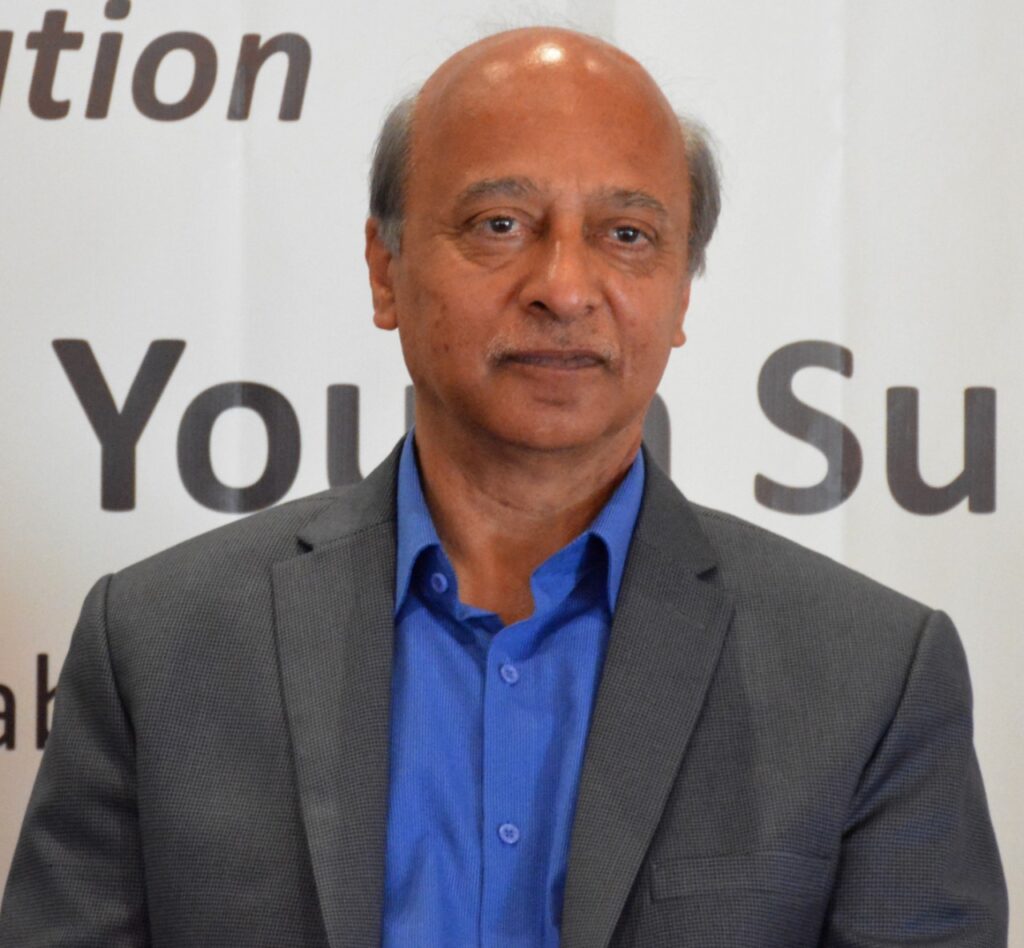Imtiaz Gul

This book “WHAT LIES BEHIND THE IRON BROTHERHOOD” is about my journey as a teenager – as a student we used to marvel the Green China as depicted in the monthly Cheen Baatasweer, a monthly magazine in Urdu delivered by the Chinese embassy in Islamabad. Then the journey as a public intellectual that began with direct interactions with Chinese friends at Beijing, Shanghai, Guanzhou, Shenzen, Urumqi, Tibet – an amazingly instructive journey since 2009 that also made me understand why CHINESE respect Pakistan and Pakistanis so much and what lies at the heart of this relationship.

I am so happy and humbled that the book is being launched only two days before the declaration of the Peoples Republic of China , and eight days after September 21, when Chairman Mao Zedong laid down the parameters for the new republic.
At the opening of the Chinese People’s Political Consultative Conference in Peking on 21 September, 1949, Chairman Mao made a statement that has lived on all these decades as a living guide for all his successors.
The conference in Peking was a celebration of the victory in the civil war against the corrupt Nationalist Chinese forces. More than that, it was the unveiling of the system that would henceforth rule over China.
On the occasion, Mao announced that “Our state system of the People’s Democratic Dictatorship is a powerful weapon for safeguarding the fruits of victory of the people’s revolution and for opposing plots of foreign and domestic enemies to stage a comeback. We must firmly grasp this weapon.” In the future, China would seek the friendship of “the Soviet Union and the new democratic countries.” We will emerge in the world as a highly civilized nation.”
And here is China today ; top of the world, which houses dozens of hi-tech industrial zones, stands shoulder to shoulder with the rest of the world, after lifting over 800 million out of poverty, amassing unparalleled foreign exchange reserves, raising its share in the global GDP to over 22 percent, and trying to connect the world economically, through business and economic cooperation opportunities via Belt and Road Initiative.
But how has this happened? It came about through legacy of a civilization that is thousands of years old.
Zhang Weiwei, professor of international relations at Fudan University, Beijing and a senior research fellow at the Chunqiu Institute the present Day China rests on three fundamental principles/drivers that constitute the political philosophy of China and also guides the CPC

a. The Confucian doctrine of the “mandate of heaven,” which has existed and been practiced since the Han Dynasty: Chinese ruling class did not get their right to rule as a God-given right, and hence they had to perform in order to keep this mandate.
b. The idea and practice of meritocracy
c. The philosophy of political governance, including the two distinctive concepts minyi and minxin ( Public Opinion – hearts and minds)
No surprise therefore that this civilisational legacy and nationalistic pride has thrown up Political Constants which have turned China into an extremely resilient, self-sufficient , and self-respecting nation:
#The Communist Party (Primary Driver of the Present Day China, the core around which selfless Chinese leaders have propelled China
#Chairman Mao Zedong
#Deng Xiaoping – the great reformer –
#Xi Jinping is now evolving into yet another constant in China’s political landscape because of his brute focus on poverty elimination, eradication of corruption, restructuring of the governance including that of the Peoples Liberation Army.
And hence China is able to pursue the philosophy of peaceful development and a win win cooperation. It remains unperturbed by the emergence of new western alliances – and the consensus on China containment in the United States.
On the contrary, China has intensified its economic and peace diplomacy as part of its core belief in a win-win cooperation and peaceful conflict resolution. Not to forget the covid-vaccine diplomacy which was indeed mingxi – i.e. won tens of millions of hearts and minds across the globe.
China’s sheer focus on peaceful, collaborative, mutually-beneficial cooperation also requires a regional response – the will for cooperation and not confrontation.
I wish our leaders had heeded a Chinese advice in December 1996, when
addressing the Pakistani parliament, President Jiang Zemin advised Pakistan to put Kashmir on the back-burner and focus on economic development.” We did not pay any attention and hence turned Kashmir into an insurmountable hurdle in the way of economic development – as much as the United States has been waging wars in Afghanistan, Syria, Iraq, and Somalia, while Chinese leadership under Xi Jinping has kept its sharp focus on geo-economics through the landmark Belt and Road Initiative and pursued economic, peace and covid-vaccine diplomacy. That is what has won it hearts and minds beyond the confines of China.
This is the introductory note that the author read at the launch ceremony for his latest book on Pak China Relations ; WHAT LIES BEHIND THE IRON BROTHERHOOD



